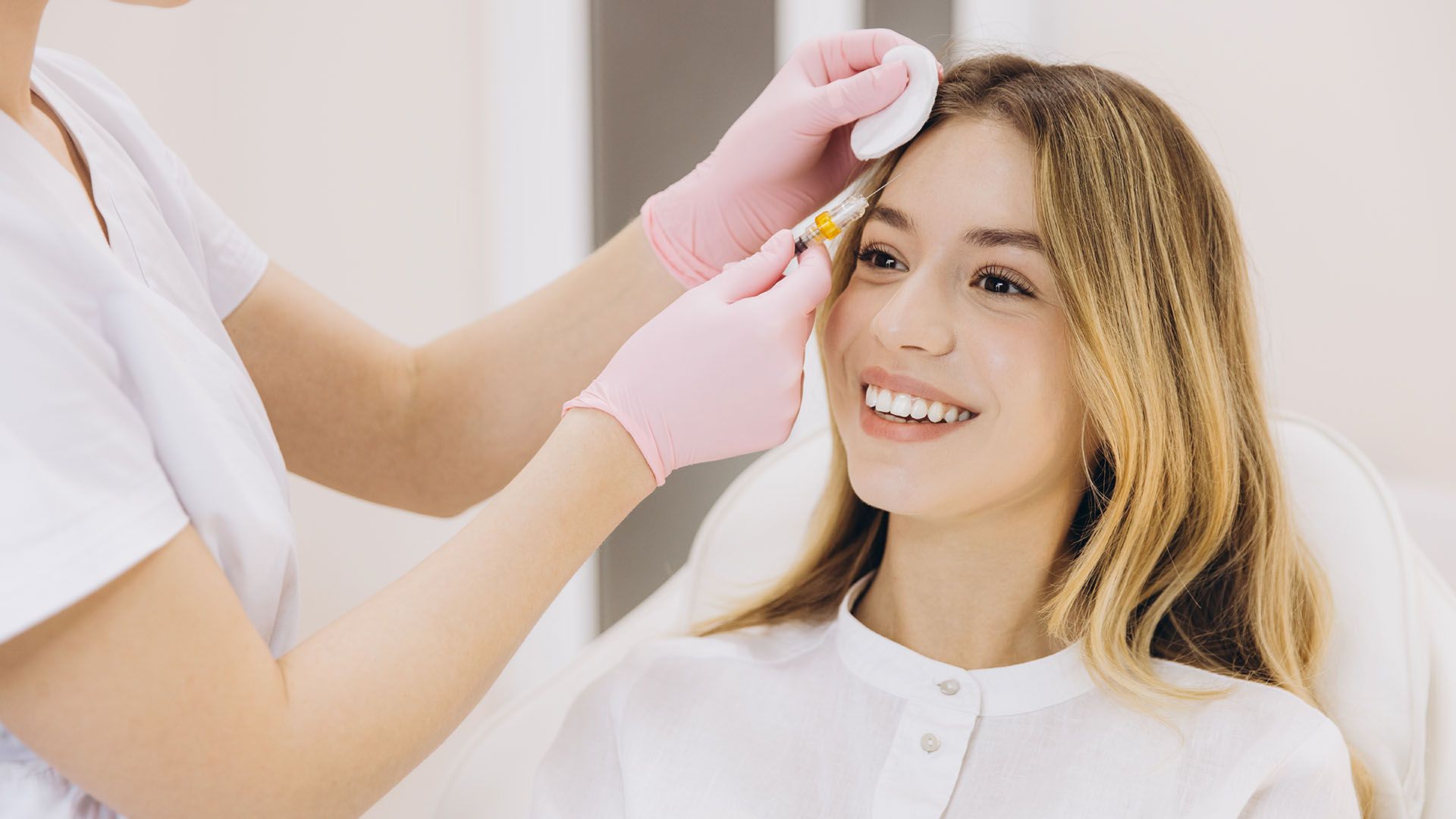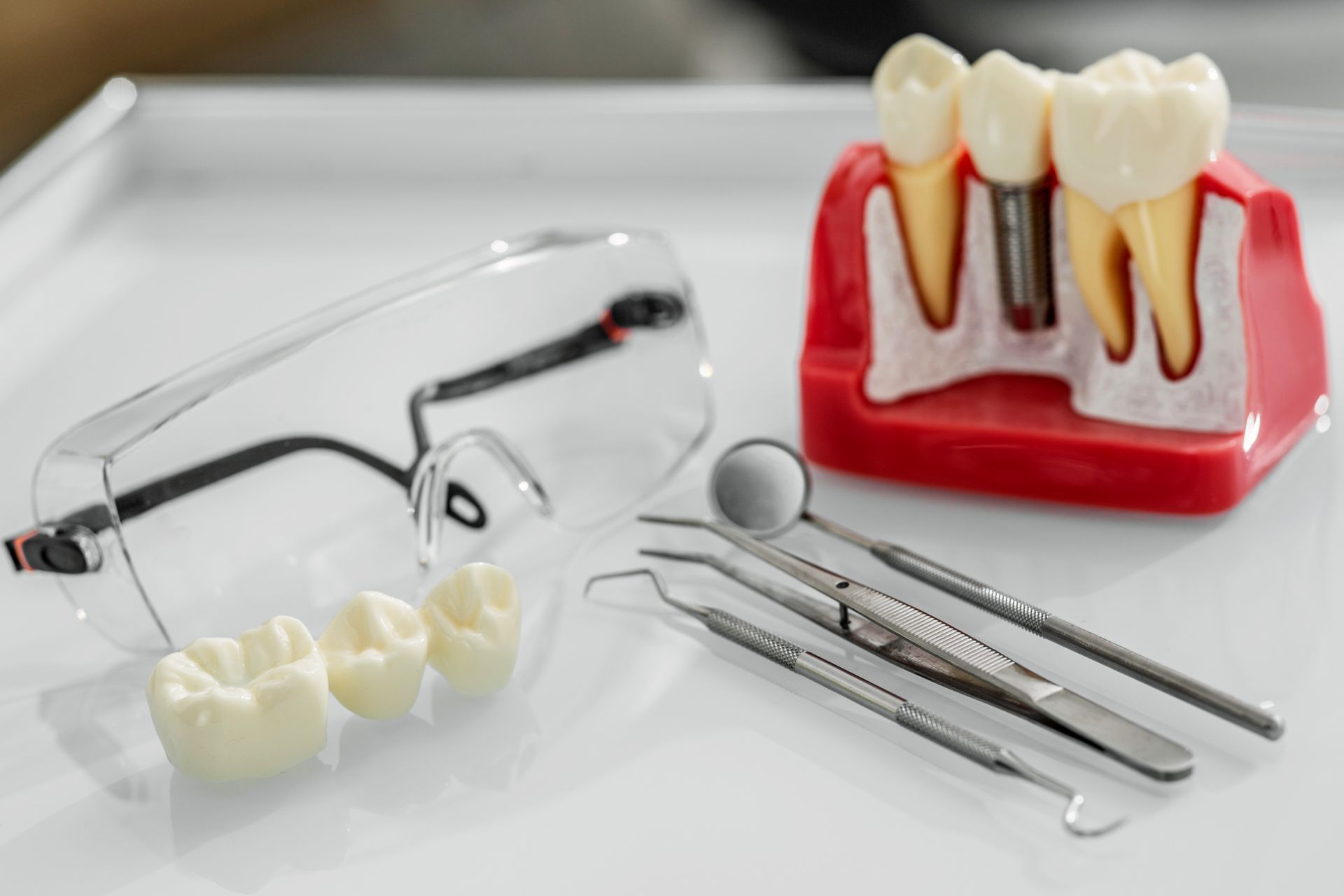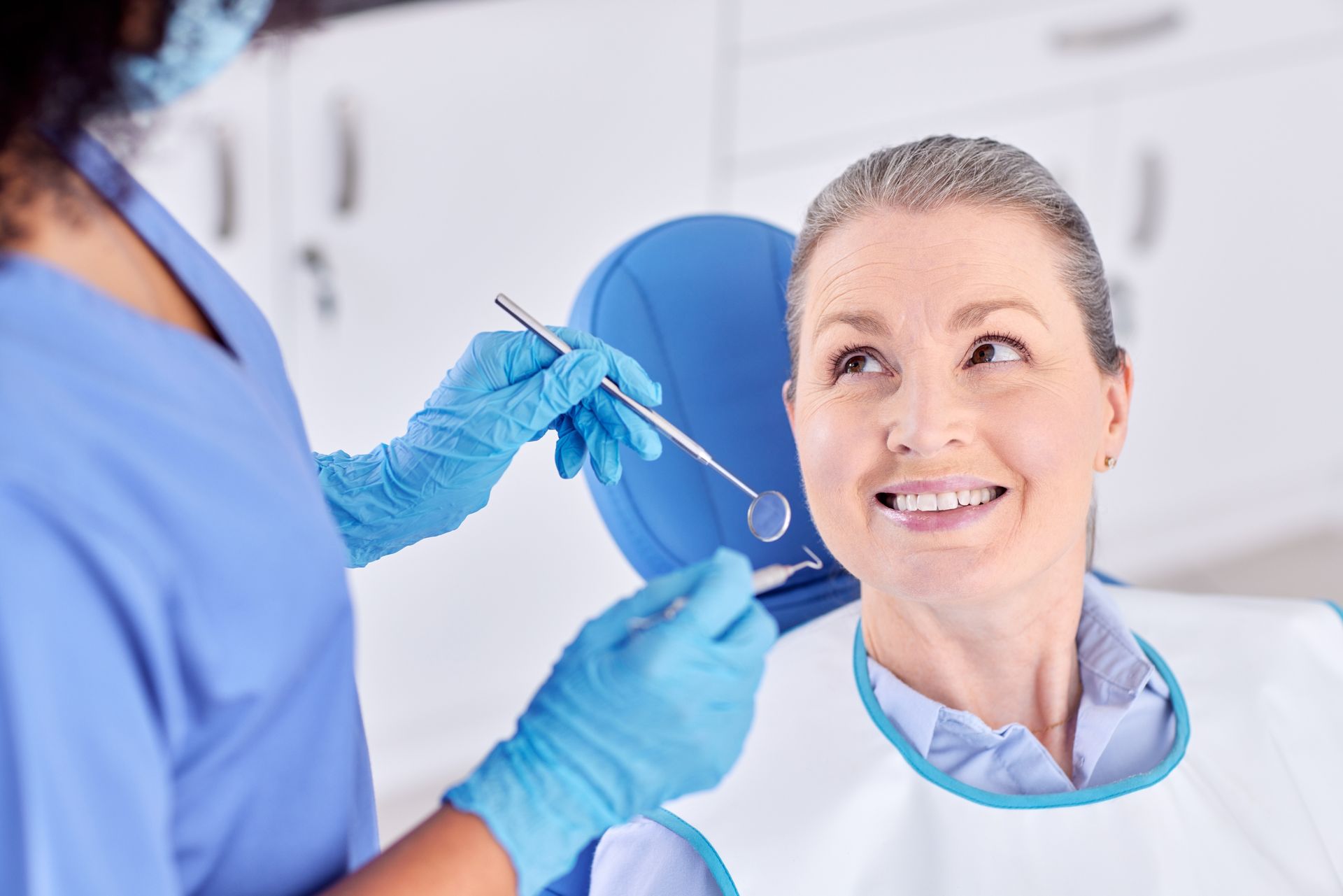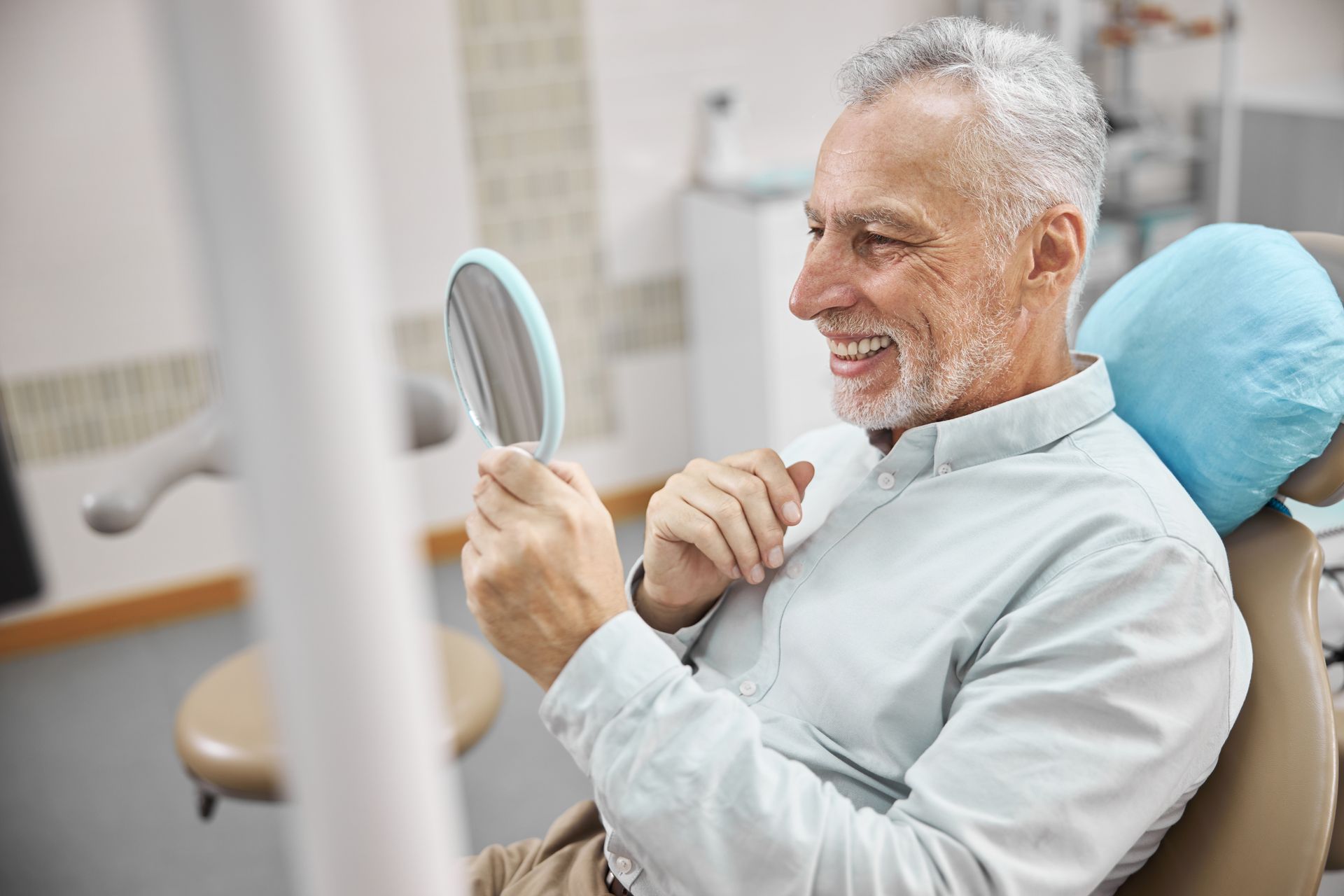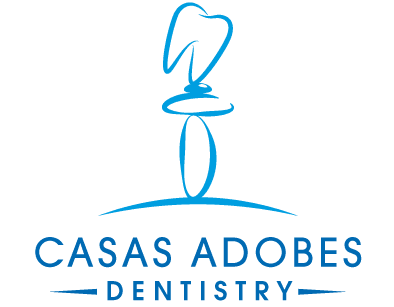Is It Safe to Get Botox While Taking Antibiotics?

Botox is one of the most popular cosmetic treatments for smoothing wrinkles and fine lines. However, patients often ask, “Can you get botox while on antibiotics?” Whether you're taking antibiotics for an infection or recovering from illness, it's important to understand how medications might affect cosmetic treatments like Botox.
This article offers clear, expert-backed guidance to help you make an informed decision.
How Botox Works in the Body
Botox, a brand name for botulinum toxin type A, works by temporarily blocking the signals between nerves and muscles. This causes the targeted muscles to relax, which helps reduce the appearance of dynamic wrinkles—those formed by repetitive facial movements.
Botox is widely used to treat forehead lines, crow’s feet, frown lines, and even medical conditions like TMJ, migraines, and excessive sweating.
How Antibiotics Interact with Botox
Many medications can interact with Botox, including certain types of antibiotics. These interactions may enhance Botox’s effects or increase the risk of unwanted side effects.
Botox works by relaxing muscles, and some antibiotics particularly those that affect neuromuscular transmission can intensify this effect, potentially leading to complications such as excessive muscle weakness or difficulty swallowing.
Types of Antibiotics That May Pose a Risk
While not all antibiotics pose a risk, some specific classes are known to interfere with how Botox works in the body.
Aminoglycosides are the most well-known group associated with Botox interaction. This group includes:
- Gentamicin
- Neomycin
- Tobramycin
- Streptomycin
These antibiotics can enhance the neuromuscular-blocking effects of Botox, leading to a higher risk of side effects like muscle weakness, difficulty breathing, or drooping eyelids.
Other medications that may increase sensitivity to Botox include:
- Polymyxins
- Tetracyclines (less commonly)
- Muscle relaxants
- Magnesium sulfate
If you're unsure about your specific antibiotic, consult your provider before proceeding with Botox.
When Botox May Be Safe with Antibiotics
Not all antibiotic use means you must delay Botox. In many cases, it’s safe to receive Botox while taking or after finishing a course of antibiotics especially if the antibiotic doesn't interfere with neuromuscular function.
Factors that may support moving forward with Botox include:
- You’re taking an antibiotic that does not belong to a high-risk class
- You’ve completed your antibiotic course and are no longer symptomatic
- The infection was mild and has resolved
- Your provider has reviewed your medical history and approved treatment
Ultimately, the safety depends on the type of antibiotic, your overall health, and the timing of your treatment.
When to Postpone Your Botox Appointment
There are situations where it’s better to wait before getting Botox:
- You are currently sick or recovering from an infection
Botox treatments are not recommended if you’re currently fighting off illness. Your immune system is already under stress, and the injection process could increase inflammation or slow healing. - You are taking high-risk antibiotics (e.g., aminoglycosides)
If you’re prescribed an antibiotic known to interact with Botox, your provider may recommend delaying treatment by at least 1–2 weeks after completing your course. - You have an ongoing infection or fever
Botox should never be administered if you're experiencing systemic illness symptoms like fever, severe fatigue, or active infection.
What to Discuss with Your Provider Before Treatment
Before getting Botox, especially while taking antibiotics, be honest and thorough with your provider. Disclose:
- All prescription and over-the-counter medications
- Any supplements or herbal products
- Recent or current infections
- Any history of adverse reactions to medications or Botox
Here are key questions to ask:
- Is my antibiotic safe to use with Botox?
- How long should I wait after finishing my antibiotics?
- Is there a risk of reduced results or side effects if I proceed now?
- Can this affect any of my other medications?
Your provider may request to see your prescription or ask for a short waiting period before rescheduling.
Precautions for Safe Botox Treatment
If you're taking or have recently finished antibiotics, here are some safety measures to consider:
- Time your treatment wisely
If you were on a high-risk antibiotic, wait 1–2 weeks after the final dose to minimize potential interactions. - Choose a medically trained injector
Not all injectors have a deep understanding of drug interactions. Make sure you're working with a licensed medical professional (like a dentist, nurse practitioner, or physician) who understands pharmacology. - Monitor your body’s response post-treatment
Watch for symptoms such as unusual muscle weakness, vision issues, or difficulty breathing, and contact your provider if they occur.
Final Thoughts: Safety First
While Botox is generally safe, it’s important to take extra precautions if you’re currently on antibiotics or recently finished a course. Certain antibiotics, particularly aminoglycosides, may increase the risk of adverse reactions when combined with Botox. However, many other antibiotics do not pose a problem—and in those cases, Botox may still be appropriate.
Each situation is unique. That’s why it’s crucial to discuss your full medical and medication history with your provider before proceeding.
Call to Action
If you're considering Botox and are currently on or recovering from antibiotics, our team at Casas Adobes Dentistry is here to help. We offer honest, medically informed guidance to ensure every treatment is both safe and effective.
📅 Schedule a consultation today to speak with a licensed provider who understands how to tailor Botox treatments to your health needs.

Frequently Asked Questions
What antibiotics can you not take with Botox?
You should avoid receiving Botox while taking certain antibiotics that can enhance the neuromuscular-blocking effects of botulinum toxin. The main concern is that these drugs can intensify side effects like muscle weakness, drooping eyelids, or even difficulty breathing.
The antibiotic class most associated with Botox interactions is:
Aminoglycosides, including:
- Gentamicin
- Neomycin
- Tobramycin
- Streptomycin
- Kanamycin
Other medications that may increase Botox sensitivity include:
- Polymyxins
- Clindamycin (rarely)
- Tetracyclines (e.g., doxycycline — considered lower risk)
- Muscle relaxants
- Magnesium sulfate
Important: Always disclose any medications you're taking to your Botox provider. A medically trained injector will know how to assess the risks and advise you appropriately.
How long after taking antibiotics can you get Botox?
The ideal waiting time after antibiotics before getting Botox depends on the type of antibiotic and the reason you were taking it.
General guidelines:
- For high-risk antibiotics (e.g., aminoglycosides): Wait 1–2 weeks after completing the full course to allow the drug to clear your system and reduce the chance of interaction.
- For lower-risk or common antibiotics (e.g., amoxicillin, azithromycin): Botox is often safe once your infection is resolved and you’re feeling healthy—usually a few days to a week after finishing antibiotics.
- If you’re still experiencing illness symptoms (e.g., fever, fatigue, infection): Delay treatment until you’re fully recovered.
Always consult with your provider to determine the safest timeline based on your health, medication, and treatment goals.

